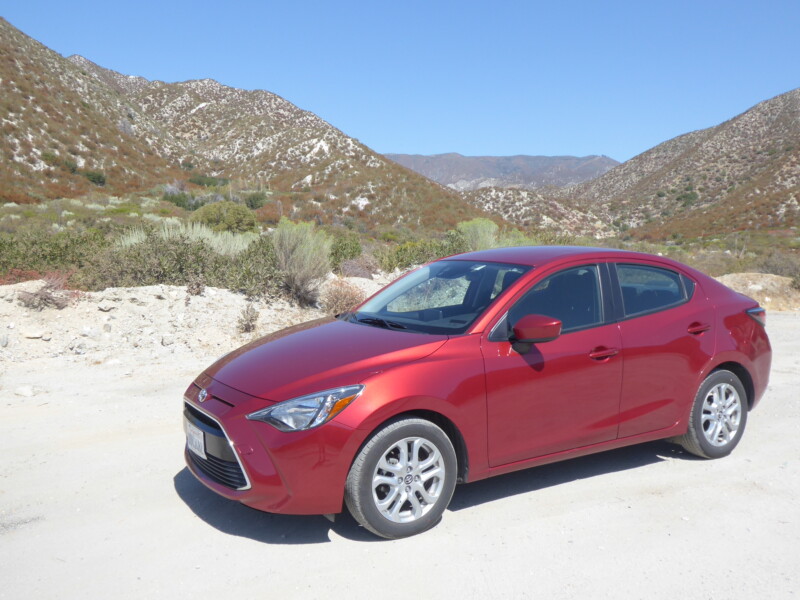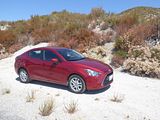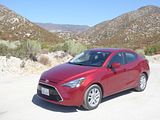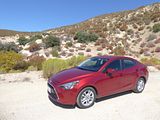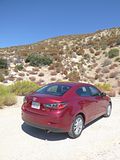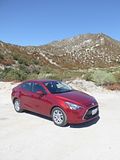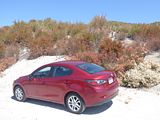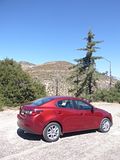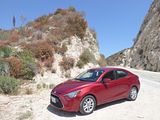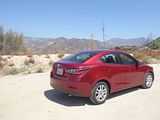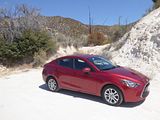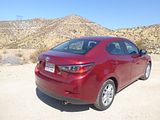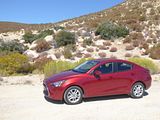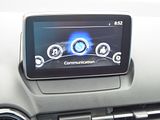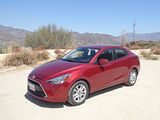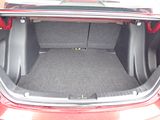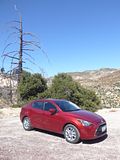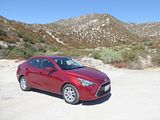Wind the automotive clock back to the 1960s, and most car enthusiasts, British ones at least, knew exactly what was meant by the phrase “badge engineering”. BMC were probably the greatest exponent, with what had once been separate marques, such as Austin, Morris, Riley, Wolseley and MG all now under shared ownership, but still with their own dealers and a mind set, or so it was believed, that someone who bought an Austin all their life would not switch to a Morris, and vice versa. And so, with cars like the Farina Saloons of 1959 and the ADO16 1100 and 1300 range of a few years later, cars that were basically the same apart from a different grille, and trim and fittings were presented as supposedly different cars. It was not just BMC, as the Rootes Group indulged in something similar. American owned Ford and Vauxhall both differentiated their offerings by trim level, and clever marketing established the value in the minds of the customer of an XL over an L which to many justified the price premium. More recently, it is platform sharing that all the worlds car makers have adopted, choosing to share the costly bits, the ones that you can’t see, between a variety of different models, but putting different bodies and bodystyles on them. It’s all about achieving economies of scale, which are so vital in a world where shareholders and analysts are impatient for a financial return and where the costs of developing a new car have become almost prohibitively expensive. Sometimes the only way to make the maths add up is for companies who are in many ways direct competitors, to share development costs of some of the elements of a new car, though history has shown that these arrangements can be fragile and certainly not always enduring, as priorities of the involved parties change. Applying elements of all these approaches is the subject of this test, a car currently marketed in the US as the Toyota Yaris iA.
If you are looking at the photos and thinking that this is quite unlike the Toyota Yaris that has been sold in Europe in its current guise since 2011, and indeed which was also offered to American buyers until very recently, then are you right. It may be badged a Toyota, but it is quite unlike the hatchback Yaris models. It was first launched bearing Scion badges, in 2015, as one of a pair of new models, the other being an Americanised version of the European Toyota Auris that was called the iM. Within months of going on sale, Toyota decided to call time on the Scion brand, and as these were both new models, they were simply given Toyota badges. Whilst the iM really was a Toyota, the iA most certainly was not. In fact, it is really a Mazda. Effectively, it is a Mexican-built three-box saloon version of the latest Mazda 2 with a new front end, which took some getting used to. Whilst the last generation Mazda 2 hatch had been sold in America, the decision has been taken not to bother with the latest car, so by offering this version to Toyota, it gave Mazda some much needed extra sales potential for their small car, and it gave Toyota a small saloon to take the place of the old Yaris saloon which had gone off sale in 2011 when the third generation Yaris was launched. I drove a US market Yaris in the spring of 2018, and its very bare bones spec did little to endear itself to me, though this was far from its only problem, so I was interested to see if a Yaris that is actually a Mazda would prove to be any better. On a day that lacked much in the way of choice of car at Hertz; LAX facility, I found one, in that rather attractive shade of red which Mazda call Soul Red, but which Toyota call Pulse, and decided to take it. It turned out to be a 2018 model year car, and 15 months of rental use had put nearly 35,000 miles on the clock.
There was no doubt as to the spec of the car I had received, as all Yaris iA models are the same, with only the choice of 6 speed manual or 6 speed automatic gearbox. This being a rental car, it was an auto. The sole engine is a 1.5 litre 4 cylinder unit which puts out 106 bhp. That might sound like plenty for a small car, especially one that is relatively light as this one is, but there was little doubt that the car could use more and would be all the better for it. It proved fine in the stop/start traffic that is LA, but show it the mountains, as I did, and the engine will have to work quite hard. It is smooth and refined, so there is no hardship in using the revs, but you will be aware that to get acceleration, the transmission needs to shift down a gear or even two to build up the speed again. There was clearly no penalty in fuel economy from the extra hard work, though. I have driven around 120 miles before the first bar on the fuel gauge went out, suggesting that this was one rental car whose tank really was full. After 156 miles, I put in 3.6 US gallons to refill it, which computes to 43.33 mpg US or 51.77 mpg Imperial, a very impressive result indeed.
Also impressive is how the Yaris iA drives, especially on twisty roads. This is where the Mazda heritage is most obvious. The steering has a nice feel to it. It is not heavy, but the level of assistance is well judged and you can always tell what the steered wheels are going to do. The iA almost relishes bends, with a flat cornering stance, more grip than you would want to test out on roads where the price of coming unstuck could be literally fatal, and handling which makes it fun to go into the bend just that bit faster than you would expect to be able to in any car, let alone an economy one. No Yaris I’ve ever driven before was anything like this much fun, and you can be sure that if there was more power available, it would probably be even more so. There is a Sport mode but it did not seem to make much of a difference. Further evidence of the quality of the chassis engineering comes from the fact that Yaris iA rides well, too. Sitting on R185/60 R16 wheels, this small car copes with all the bumps and surface imperfections far better than many larger and more costly machines. And when you are on the freeway at a greater speed, the noise suppression seems to work, too. Again far better than in the regular Yaris which is not a peaceful place to be. The brakes proved well up to the job. A conventional pull-up handbrake is fitted between the seats. The Yaris iA was an easy car to see out and proved very manoeuverable. The turning circle was tight, allowing me to make turns in one go where I would have expected a bit of reversing to be required, and with its stubby tail, judging the back end even without the benefit of the rear-view camera was easy. It was not a hard car to parallel park on the streets of Glendale when I wanted to pop into a couple of shops.
Yet further evidence of the Mazda origins is apparent when you look inside the Yaris iA. Mazda have made a determined effort in recent years to lift the quality of their interiors and this is evident here. Although not a luxury car, the use of stitched leather on the central part of the dash and for the armrests gives a lift to the otherwise nicely texture plastics which comprise the rest of the dash. It is mostly black, with just sparing use of metal-effect highlights used. The steering wheel is a plastic moulded item, but it was pleasant enough to hold. The instruments are set in deeply recessed individual cowls under an over overall one. There is a large central speedo with some slightly strange background graphics, then to the left a much smaller rev counter and inset bar chart style water temperature, whilst to the right there is a digital display area and inset bar chart fuel gauge. You cycle through the digital display options using a button on the left hand steering wheel spoke. Also on the spokes are audio unit repeaters and cruise control. A pair of column stalks are for indicators and lights on the left of the wheel and wipers on the right. The top of the centre of the dash contains the infotainment screen. This is touch sensitive and has clear and crisp graphics. A control wheel and other selection options are mounted in the centre console, so you can choose your radio station and link to other car-related data, but whilst there was an option for navigation, when you select it, a screen pops up to point out it is not fitted. Nor is there Apple Car Play or Android Auto. Below this are classic rotary dials which are used for the air conditioning system, something which proved well up to the challenge of keeping the cabin cool on a relatively hot day. The whole cabin layout is simple, easy to use and unfussy to look at, attributes which are increasingly absent in cars even in this class.
Cloth upholstery features. In the test car the outer parts of the seat were black and the inner a mottled but very dark blue colour was used. There is six-way manual adjustment for the driver’s seat, with a bar underneath for fore/aft movement and two levers on the side for backrest rake and seat height. The front passenger does not get the height adjuster. The steering wheel telescopes in/out as well as up/down and I was pleased to find height adjustable seat belts, not something you always get even in far more costly cars. I was easily able to set the perfect position for my proportions and driving style and found the seat to be comfortable, although it did not have the acid test of being a place I sat on for long uninterrupted periods of time.
For a car of this size, space in the back is perfectly acceptable. With the front seat set to suit my driving position, there was plenty of leg room, but even with it positioned further back, there would be enough space for adults. There is not much of a central transmission tunnel and the centre console unit does not protrude back unduly, so a third occupant will not feel unduly cramped, though if all three are broad of shoulder, then total width may well be an issue. You will need to pull the rear headrests well up, as when at their lowest point they will dig into adult shoulders. Headroom is generous. There is no central armrest and space for odds and ends is limited to a net in the back of the passenger seat and a recessed moulding on the top of the central console unit. There are no door bins. The boot is also a good size for a car of this class, with a nice regular shape to it. There is a space saver spare under the floor, but no room around it for anything of consequence. More space can be created by folding the rear seat backrests forward. There is no external release for the boot, you can gain access either by pressing the button on the lower left of the dash or the one on the key fob. Inside the cabin, there is a reasonable sized glovebox, bins on the front doors moulded to take a bottle, and a good sized area in front of the gearlever as well as two cup holders in the central console.
The 2018 Yaris iA is sold in only the one trim, which makes things easy. So the main choice is simply the transmission. For the price, which is lower than many of its most obvious rivals, the list of standard features is good, though this is far from a luxury car. The poverty look is avoided with the 16″ alloys that are standard. Inside you get cloth upholstery, a telescoping steering wheel, 60.50 split folding rear seats cruise control, air conditioning, push-button starting, all-round electric windows with one-touch for the driver’s, a 7″ touch sensitive screen for an infotainment system which includes two USB ports, Bluetooth, a six-speaker audio system, HD Radio, and voice recognition. More importantly, perhaps, are the safety features which give the car a five star rating from the NHTSA, which as well as the mow obligatory rearview camera include a low-speed forward collision warning system with automatic emergency braking. For 2019, three trim levels were offered, and more features were made available, such as fog lights, faux leather upholstery and automated climate control. None of these were offered on the 2018 model year cars.
This is not an exciting car, but for what it sets out to do, it is a very capable one. Although more power would be an asset, it is genuinely good to drive, which is an attribute largely missing among its US market competitors, it is nicely finished inside, roomy enough for a small car, has an excellent safety rating, a decent tally of standard features and has proven reliable in service. It is considerably better than the Toyota-designed Yaris hatch model. Indeed, perhaps even Toyota have realised that, as they have announced the availability of a new hatch for the 2020 model year, and it is also effectively a Mazda 2 which has been Toyota-ified. It faces strong competition, with the latest Kia Rio and Hyundai Accent being cars I have yet to drive and a new Nissan Versa will soon be available, so I am no longer sure which is the king of the small and cheap US rental car, but on the evidence of this test, if there is a Yaris iA available, you need to remember that really you are looking at a Mazda and it may just prove to be best of them all to drive.

